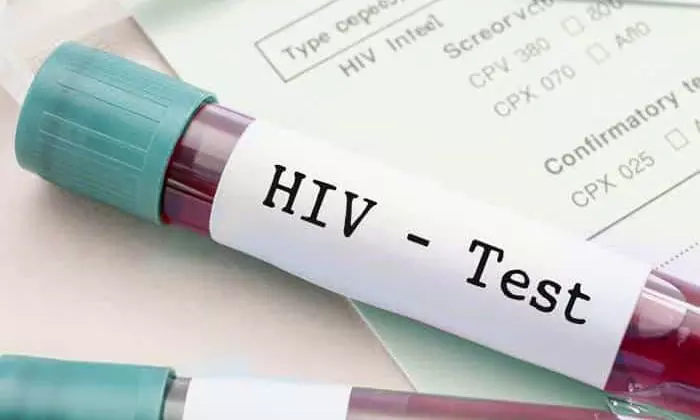Haryana Witnesses Steep Rise in HIV Cases

Hyderabad: Haryana is witnessing a steep rise in HIV cases, a trend that officials have attributed to increased testing across the state.
Over 50,000 people have been living with HIV in Haryana since 2019, as per the data of the Union Ministry of Health and the National AIDS Control Organisation.
In 2019, the number was 50,604 and jumped in 2023 to 56,578. The data shows a steady annual rise, with 51,840 cases in 2020, 53,115 in 2021, and 54,547 in 2022.
The health department has reported the highest number, with 201 cases in 2021, which surged to 1,492 so far this year. As per officials, this rise can also be linked to increased testing, which has more than doubled from 30,571 tests conducted in 2020 to 64,043 tests this year.
According to a news report, In addition to increasing testing among high-risk populations, health department officials say they have implemented many measures, such as awareness programs aimed to curb the spread of HIV.
An official was quoted by the Times of India saying, "The most affected demographic is between the ages of 22 and 43. Men account for 56% of the cases, while women and children comprise 40%. The remaining cases involve transgender individuals. High-risk sexual behavior and tattoo exposure are the primary modes of transmission."
Apart from that, it is emphasized that access to reasonably priced medical care is a critical first step in combating the growing threat. Officials have stressed the significance of getting frequent testing, avoiding needle sharing, and engaging in safe sex to stop the virus from spreading.
At a rate of 1.02 per lakh of the state's population, Haryana recorded 305 AIDS-related fatalities in the previous year. In 2019, 4.1% of deaths occurred per lakh, compared to 2.2% in 2020, 2% in 2021, and 1.4% in 2022.
Experts state that HIV is a terrible condition that progresses to AIDS in its ultimate and most severe stage of infection. Individuals suffering from AIDS exhibit severely damaged immune systems and extremely low levels of certain white blood cells. They might also be suffering from other ailments that indicate they have AIDS.
HIV infections lead to AIDS in around ten years without treatment.
Rapid weight loss, excessive fatigue, fevers, night sweats, oral or genital ulcers, and skin discolorations are all symptoms of AIDS. Other diseases and cancers in people who have AIDS, can exacerbate their symptoms.
According to experts, the idea that HIV only affects specific individuals is false; anyone may become infected with the virus by sharing needles for injectable medicines or having intercourse without using a condom. HIV statistically affects some populations more than others, including:
- Individuals who identify as bisexual or gay
- Individuals who identify as bisexual or gay
- Certain races, such as Hispanics and Blacks
- People who trade sex for cash or other goods
Although medical professionals assert that these groups are not the only ones affected by HIV, it is crucial to take into account the particular obstacles these groups must overcome in order to obtain testing, preventative care, and full treatment. Inequities persist because of homophobia, racism, poverty, and societal stigmas associated with HIV. These factors also prevent people from receiving high-quality healthcare.
Although medical professionals assert that these groups are not the only ones affected by HIV, it is crucial to take into account the particular obstacles these groups must overcome in order to obtain testing, preventative care, and full treatment. Inequities persist because of homophobia, racism, poverty, and societal stigmas associated with HIV. These factors also prevent people from receiving high-quality healthcare.
Next Story

